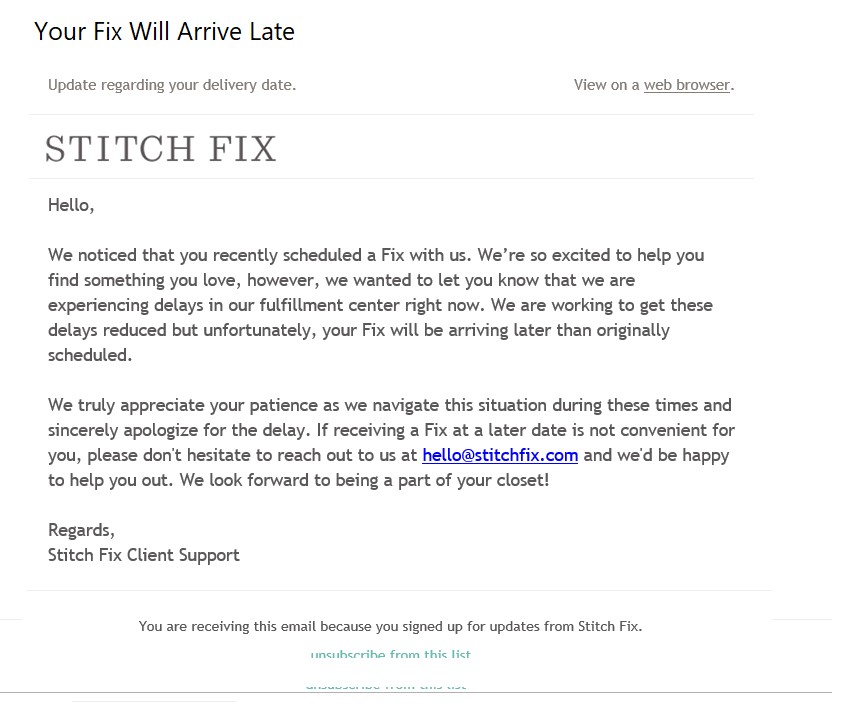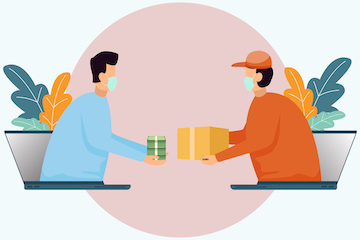Most ecommerce companies rely on email marketing. But the Covid-19 shutdown requires an evaluation of email frequency and tone, among other tactics.
In this post, I’ll address how to manage email marketing during the pandemic.
Frequency
Depending on the product or service, adjust the frequency of marketing emails. It could be an increase or decrease based on consumer needs and demand.
Monitoring engagement rates can also help determine the frequency. If open and click rates are increasing, consider sending more often. Also, track email segments and adjust accordingly. Repeat customers may require more communication than occasional buyers.
Tone
Consumers are looking for deals. They also want the content and offers that they have grown to expect. However, consider adjusting the tone of your email marketing messages to reflect the pandemic.
- Be authentic and empathetic.
- Increase personalization for the needs of each customer.
- Inquire about customers’ well-being, such as “How are you holding up?”
- Set realistic expectations for shipping and delivery.
- Offer flexibility in order methods, delivery, and payment.

Stitch Fix communicated shipping delays to consumers in a transparent manner, helping to build trust and loyalty. To email read, in part, “…we wanted to let you know that we are experiencing delays in our fulfillment center right now.”
Retain New Customers
Many consumers are shopping online for the first time or more often. Remember new shoppers in your promotional emails. Try to build loyalty to convert a one-time buyer into a frequent customer.
Here’s an example of what not to do. I recently needed to purchase new running shoes. My regular online store did not have my size in stock. I found a new site, however, with my size. The site was more expensive. Given the circumstances, however, I was willing to pay more.
When I received my shoes, the price on the box was marked down to 50 percent of what I paid. I felt overcharged.
Remain Visible
To save costs, many retailers have cut marketing budgets and reduced communications to customers. This may relieve short-term pressure. But it likely produces long-term damage in terms of awareness, market share, and loyalty — all of which are key to future success.
Maintain as much email marketing as possible. Try to be top-of-mind to your customers. It will pay off.
Use Downtime
The demand for ecommerce is generally increasing as brick-and-mortar stores close and consumers are stuck at home. Try to make good use of the downtime, however, to launch new projects. Examples include:
- Survey your customers. Many consumers now have idle time, likely increasing response rates to email surveys. Also, knowing what your customers are thinking and experiencing could help adjust your business immediately. Providing a forum for feedback could help build customer loyalty.
- Implement new email tools. Explore new email tools that could enhance or streamline your marketing efforts. I addressed some of my favorites at “17 Free Email Marketing Tools.“
- Clean and update your email list. Accurate data is essential for email marketing. Consider, also, improving data collection and management.
Prepare for Upturn
The pandemic will eventually pass. Consumers will resume normal habits and routines. Brands will race to restore lost revenue. This will likely translate to increased competition for consumers’ inboxes. Your current email marketing tactics could determine how quickly your business bounces back.







